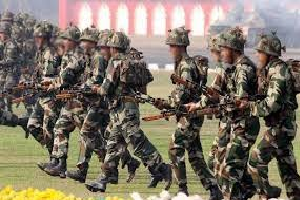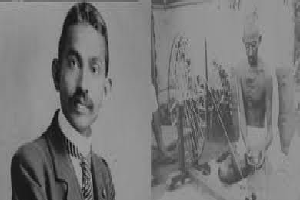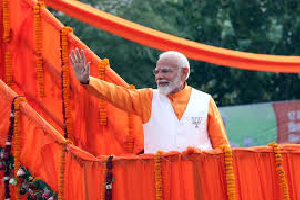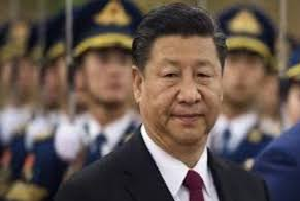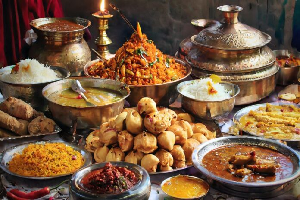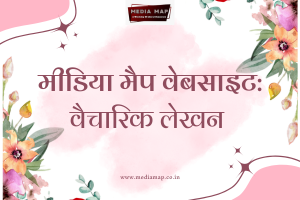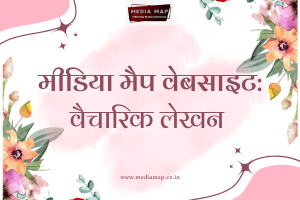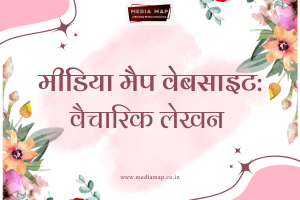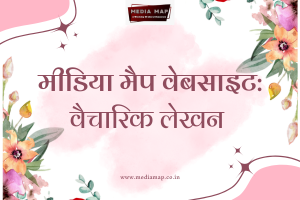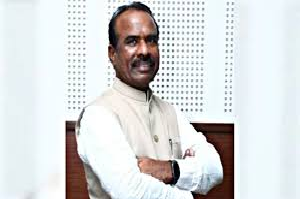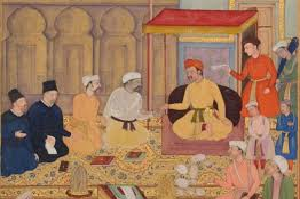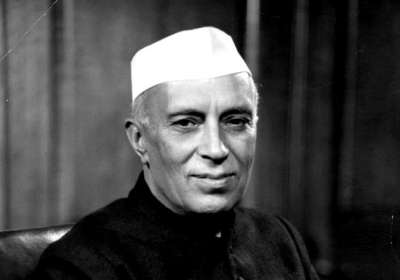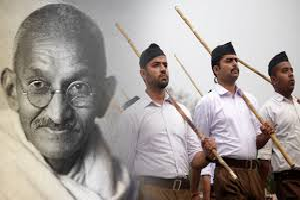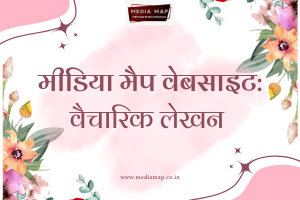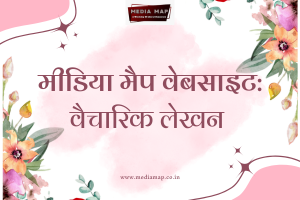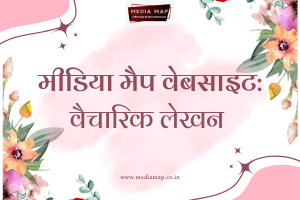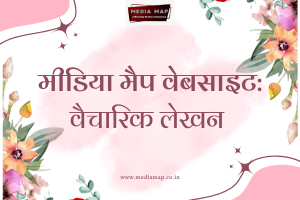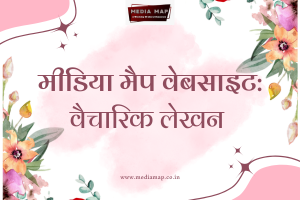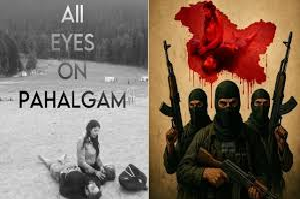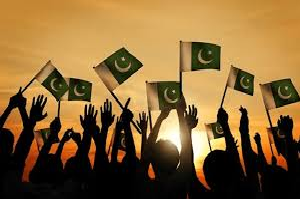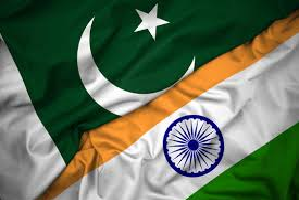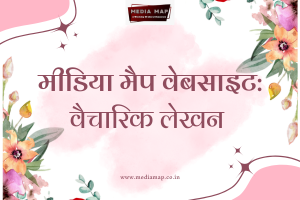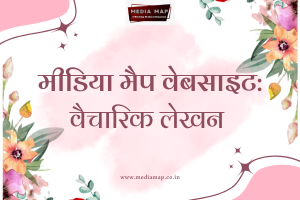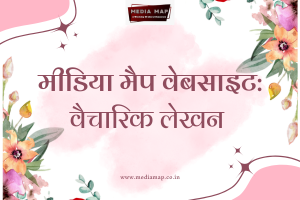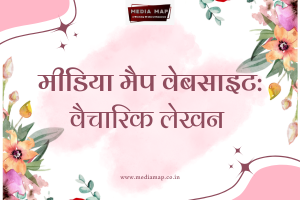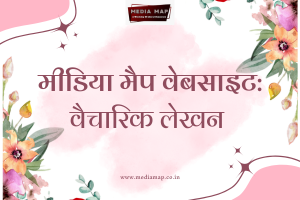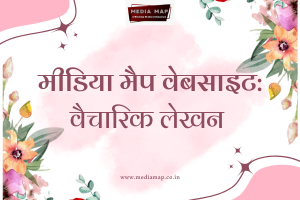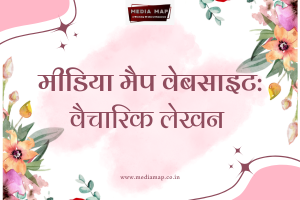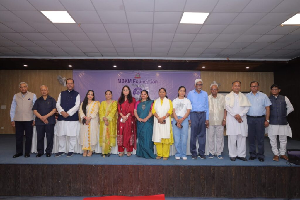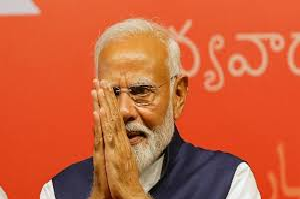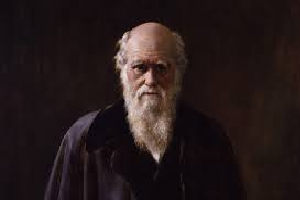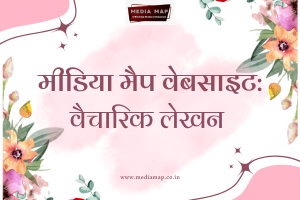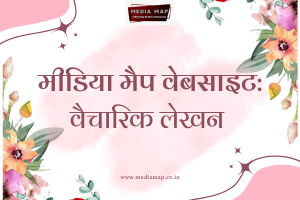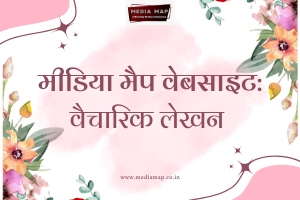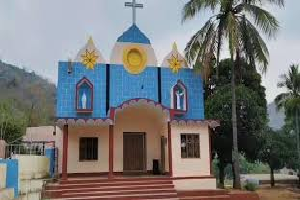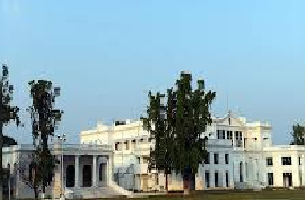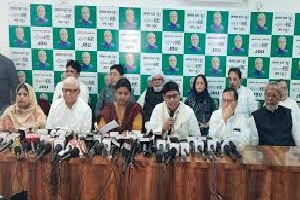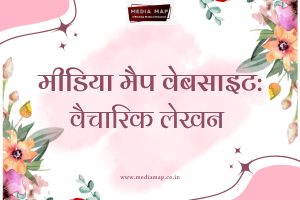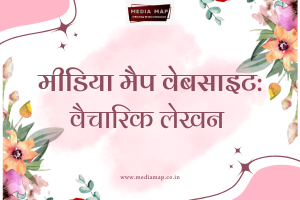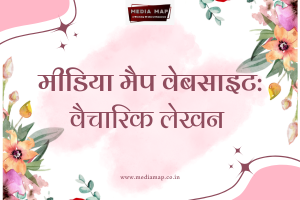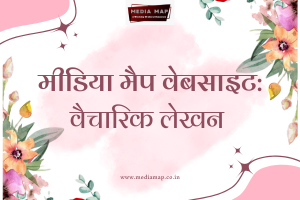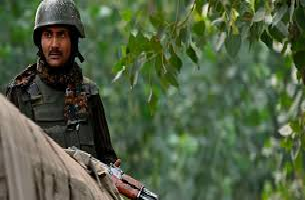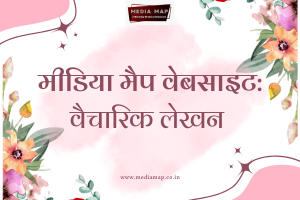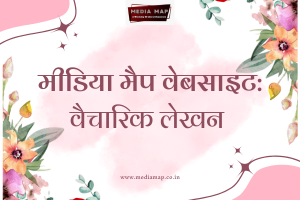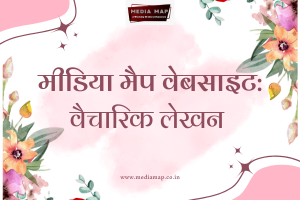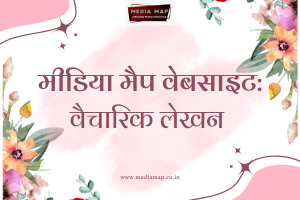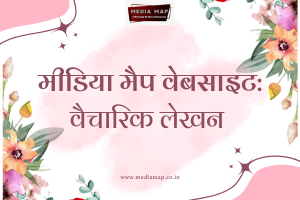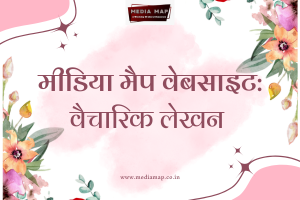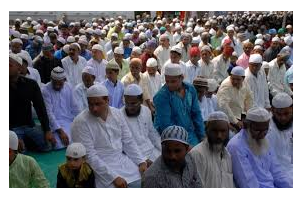16

Today’s Edition
New Delhi, 16 January 2024
Sharad Kumar Panchal
Finally, the script of the Indus Valley Civilization has been completely understood. The reason for the delay of 150 years in decoding the Indus Valley Civilization script is that, till now, historians were waiting for the bilingual text of the Indus Valley Civilization script and secondly, Max Muller's Aryan invasion theory had obstructed their vision. My historical map "3D History of India and the Aryans" published in 2018 makes it clear that the early Rigvedic Aryans and the people of the Indus Valley Civilization were contemporaneous and isotopic. Means both of they were same, hence the language of Indus Valley Civilization is Proto Vedic Sanskrit language.
The scripts of all ancient civilizations are basically hieroglyphs of the things around them. The same method has been adopted by James Prince's in his handwritten notes on decoding the Brahmi script. The Indus script has 38 characters, 40+ pictographs, 45+ symbols, 6 punctuation marks and many combined character symbols.
The script inside the mould of the seal is originally inscribed from left to right, then its mirror is taken that is embossed mirror image, thus the Indus script becomes a language to be read from right to left. In the course of time, the practice of making embossed seals stopped and this script used to read from left to right only.
The people of the Indus Valley Civilization were the original Aryans - the word Arya has been taken from the rising sun, the word Arya was used in the address of all the eminent persons. In Rigveda, Aryans have described their residence as Sapta Sandhav. Developed Indus fundamentally had seven provinces therefore both were Aryans. he most developed urban civilization of the ancient world, "Indus Valley Civilization", which till now was considered by historians as the civilization of some trading groups, was actually the "Sapta Sandhav " empire of Aryavrita. Six provinces living near the Indus River formed a union for development. These provinces had their own symbols: Rhinoceros, Heron, Male Buffalo, Ox, Elephant, and Sheep. Over time, the heads of only one province, Mahme (Mohenjodaro), became Kings and the heads of other clans became governors. By placing “Sapta Saindhava Seal” / “Pashupati Seal” on the Indus River, the presence of all seven provinces is found. The king was called Bhupa, Chakravat, Aryapati etc. The elephant symbol is on the king's seal, the self-portraits of the kings were usually holding two tigers. In the provinces, governors were appointed by the state, who were in touch with the ministers in the capital, the princes were also Satraps.
Kshtrap were also called Napra, transporters were called Vaha and barter was called Mem. The bearer of the elephant symbol, the ruler of Maham (Mohenjodaro), unites and controls other clans. Maham facilitate and manage barter for all. Maham city got its name from the 'Mem' the barter. Maham eventually became a powerful empire. The state had complete control over the exchange rates of various commodities; especially the exchange rates of metals and the state's taxes were also fixed in these rates. The people of the Indus Valley civilization were skilled sailors and traders.
There was a permanent army in the state to protect the empire. The army also had a group of archers along with spear holders wearing leather armour. Police and detective machinery were also present to stop theft and catch thieves. Gold, silver, copper, tin metal ores were known in the Indus Valley civilization. The known source of tin was Shash province (Turkey). Understanding the importance of tin, the Indus had taken Uhag province (Arabia) and Shash province (Turkey) under their jurisdiction. Ministers and Inspectors were also appointed in these provinces. The struggle for life in the new land is visible in the copper seals found from Mohenjodaro. Ayurveda is also a major subject of Indus seals. The names, identities, medicinal properties and uses of many Ayurvedic medicines are mentioned in the Indus seals. Medicinal herbs like Shami, Bel, Karanj etc. are mentioned.
The one-horned animal of the Indus Valley Civilization is not the mythical Unicorn but the Harika (male Nilgai). The Harika is the main sacrificial animal of the Hariupiya (Harappan) province. This is also the symbol of the ksatraps under the state. In the Indus Valley Civilization, there is a difference in the standard of living of the administrators and the common citizens, but there is no caste base discrimination in the society, there is equal respect for the producers of all types of goods. There used to be dance and sports competitions also. Due to the absence of monumental temples and monasteries in the Indus Valley Civilization, historians considered its religious status to be decentralized and essentially atheistic, but in reality the people of the Indus Valley Civilization were worshipers of Yaya (Shiva). Yaya (Shiva) is the only universally accepted deity of the Indus Valley civilization. A large part of the seals of the Indus Valley civilization are dedicated only to Shiva. Yaya (Shiva) Lord has been adorned with many titles. Shiva is praised as a form of address in conversations. Here Shiva is the Supreme Nature who is symbolized as a three-headed man. Worship of Shiva is the thread that binds the entire Indus Valley civilization together. Indus kings and people considered themselves descendants of Lord Shankar.
Historians gave many proposals on the decline of Indus civilization like change in river pattern or climate change etc. But contrary to preconceived notions, the scenario of internal rebellion clearly emerges in the Indus Valley Civilization seals. There was a conflict in the province Vha (male Buffalo symbol) and the capital Maham regarding the unfair rates of taxes. The last Indus king, Shambabso, sentenced the sage Trita (Vha head) to death by throwing him into a crocodile's den, from which he escaped. After coming back Trit organized the people and revolted. The rebellion was successful under the leadership of Tritsus. Five Indus kingdoms were destroyed in this war. Srinjaya-Tritsu were an important part of the Indus economy in the form of transporters. This economy was the basis of the urban life of Indus. This system disintegrated with the rebellion there and the victory of Tritsu grandson Divodas in the Dasragya war.
To crush the Tritsu rebellion, the king of Mahme (Mohenjodaro) took the help of the army of Varchivrit (Assyrian Empire of Iran) which was stationed in Hariupiya (Harappa). He, along with the Indus army, had carried out many terrible robberies on the Tritsu province. With the death of the last Indus king Shambaraso in the battle of Purushani (Dasragya Battle – Part II), the existence of the foreigners came into danger because they had supported the Indus in the war against Tritsus. They thought that the Aryans would not be able to chase their horses and once they reached Assyria, the Aryans would not dare to confront the Assyrian king. But it proved false and Pratardan, son of Divodas of Tritsu clan, took a vow to perform Ashwamedha on Assyria and succeeded, this was the first Ashwamedha.
In 1550 BC, when the Mittani Aryans (Tritsus) who came from India took over Western Asia and came in contact with Europe, they gave complete knowledge of Indus script, sounds and Sanskrit language to the Europeans, due to which the Antiolian-Hellenic branch of the Indo-European language family was formed. With the end of the Hittite-Mittani-Kassite-Elamite Aryan kingdoms and the re-emergence of the Assyrians, the 800-year-long direct relationship between India and Europe was broken. In 1150 BC, the Mitanni and other Aryans scattered in Eastern Europe and the Balto-Salvik branch of the Indo-European family emerged.
Deciphering the script of the Indus Valley Civilization concludes how India became the world teacher and leader in every aspect of life by 2000 BC. The Indus Valley Civilization should be called the “Old-Aryan Empire” and the Vedic period should be called the “Neo-Aryan Empire”. (Words 1305)
(About the author : Mr. Sharad Kumar Panchal is author of the book “Complete decipherment of Indus Civilization Script” from which the above article has been taken.)


